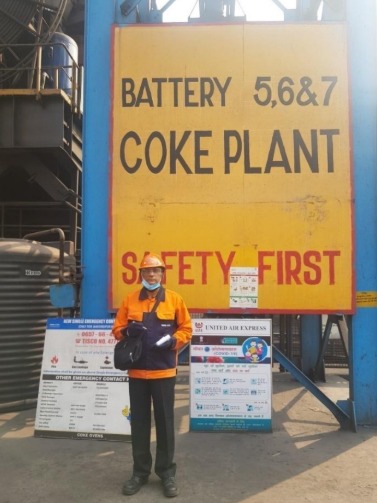
Industry Ergonomics
Enhance Workplace Safety and Efficiency with Industry Ergonomics
Industrial workplaces are high-demand environments where workers often encounter physical challenges such as repetitive motions, uncomfortable postures, heavy lifting, and prolonged exposure to demanding conditions. These physical demands can lead to musculoskeletal disorders, chronic pain, and fatigue, negatively impacting workers’ health, decreasing productivity, and increasing the risk of workplace accidents. This is where industry ergonomics plays a crucial role.
Industry ergonomics focuses on designing workspaces, tools, and tasks that match the physical capabilities of workers in sectors like manufacturing, construction, logistics, and more. The goal is to create environments that allow workers to perform their tasks safely and efficiently, reducing the risk of injury while boosting productivity.
At PES, our expert team of safety engineers, doctors, and ergonomics specialists is dedicated to improving the health and productivity of your workforce. We bring a comprehensive approach to workplace ergonomics, combining industry expertise and medical knowledge to create solutions that minimize risks and enhance efficiency.

Understanding the Effects of Poor Industry Ergonomics
Poor ergonomics in the workplace can lead to a variety of severe injuries that can affect workers’ health and productivity. These injuries include:
- Musculoskeletal Disorders (MSDs)
- Carpal Tunnel Syndrome
- Repetitive Strain Injuries (RSI)
- Herniated Discs
- Knee and Shoulder Injuries
- Tendonitis
- Fatigue and Exhaustion
- Burns and Cuts
- Respiratory Issues
- Strains and Sprains
- Chronic Neck and Back Pain
- Eye Strain and Vision Problems
- Joint Inflammation
- Headaches and Migraines
Ergonomic Risk Factors Associated with Poor Industry Ergonomics

Repetitive Motion

Awkward Postures

Forceful Exertions

Prolonged Sitting or Standing

Vibration Exposure

Environmental Factors
Key Ergonomic Principles for the Industrial Sector
Implementing effective ergonomic practices is essential to ensuring worker health, safety, and productivity. Here are the key ergonomic principles every industrial workplace should follow:
Workstation Design
Personal Protective Equipment (PPE)
Adjustable Equipment
Proper Lifting Techniques
Task Variation
Our Industry Ergonomic Evaluation with Projects with Top Clients








Workers Are the Lifeblood of Your Company
Don’t let poor ergonomics compromise their well-being. Let PES help you enhance safety and productivity.
